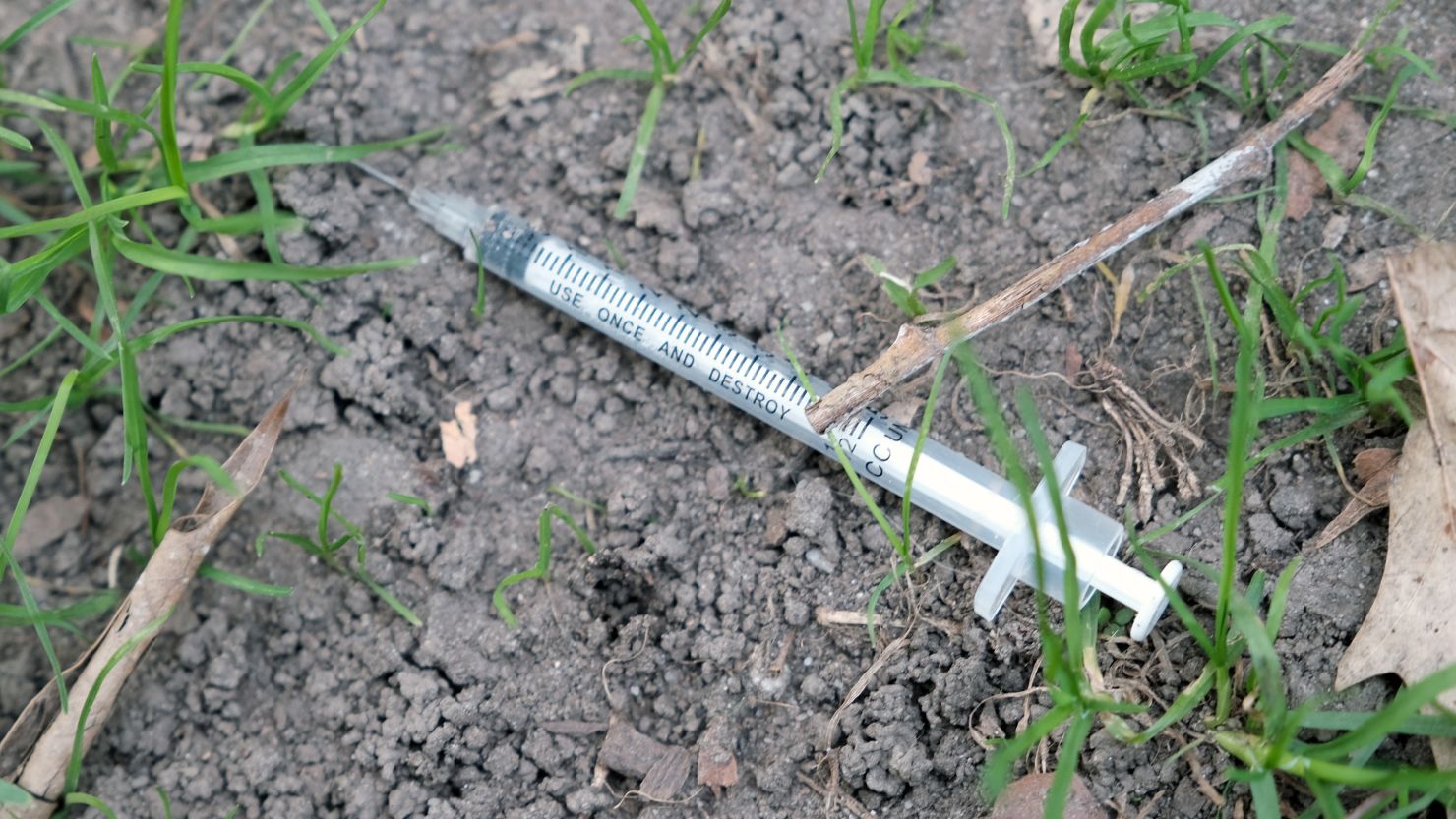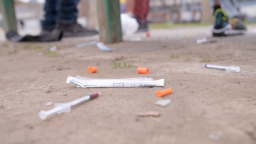Drug overdose deaths in the United States surged during the Covid-19 pandemic, and preliminary data suggests that 2022 was the deadliest year yet.
Much of the trend can be attributed to the steep rise of fentanyl, a powerful synthetic opioid that is now involved in nearly two-thirds of all overdose deaths in the US. But data suggests that there are other underlying factors driving up overdose deaths.
Overdose deaths involving methamphetamine, a highly addictive psychostimulant, are rising at an even faster pace than those involving fentanyl, for example.
In 2021, more than twice as many people died from overdoses involving methamphetamine than in 2019, according to data published this month by the US Centers for Disease Control and Prevention. Nearly a third of all overdose deaths that year – more than 31,000 – involved the drug.
Deaths involving cocaine are also on the rise, jumping 24% in both 2020 and 2021, according to CDC data.
Experts say that the spread of fentanyl is making drug use more dangerous overall.
“Lethal opioids like fentanyl are contaminating the whole drug supply,” said Magdalena Cerdá, director of the Center for Opioid Epidemiology and Policy at New York University.
Sometimes, the combination of drugs is unintentional, especially as fentanyl becomes more pervasive. But sometimes, multiple drugs are used together for a specific purpose.
“Stimulants like cocaine and methamphetamines can be used to manage symptoms of withdrawal from opioids,” Cerdá said. Also, people experiencing homelessness may use stimulants to remain alert at some points, along with opioids to come down and rest at other points.
Multiple drugs can be reported on one death certificate, and fentanyl is often found along with others, according to the CDC.
“But it’s not the complete picture,” Cerdá said.
About 3 out every 5 overdose deaths that involved methamphetamine also involved fentanyl or heroin in 2021, according to a study published in March. That share has increased over time – but it leaves about 2 in 5 meth-related deaths that do not involve opioids.
And other research has shown that use of methamphetamine is on the rise in general.
More than 2 million people reported using meth in 2019, up 22% from the year before, according to an analysis of data from the National Survey on Drug Use and Health by the Pew Research Center.
In 2020, methamphetamine surpassed cocaine as the second most common drug involved in overdose deaths, according to the CDC data.
But cocaine remained the second most common drug identified in overdose deaths among those 55 and older and the Black population overall – in a much closer second place.
According to the CDC data, the age-adjusted rate of deaths involving fentanyl is more than twice as high as it is for any other drug in the US population overall.
But among the Black population, the gap is much smaller: The death rate from cocaine is only about 34% lower than it is for fentanyl.
Managing the drug epidemic will require investment into treatment for all drugs, experts say – not just opioid use disorder.
“Because the rise in overdoses seems to be really driven by how lethal the drug supply is, a lot of effort really needs to be focused on harm reduction,” Cerdá said. “Treatment needs to target all kinds of populations that use drugs, not only those who use opioids.”
Multiple medications are available to treat opioid overdoses, but the same options don’t exist for other drugs.
And the Covid-19 pandemic exacerbated social factors that could contribute to increased drug use, experts say, such as housing instability, employment instability and reduced access to counseling and other non-medication treatment options.
There are unique challenges in reducing fatal overdoses among Black people, experts say, especially relating to the criminal justice system.
“In recent years, there’s been a pretty strong societal push to a public health approach to drug use, as opposed to a carceral kind of perspective,” said John Pamplin, an assistant professor of epidemiology at Columbia University who researches the effects of structural racism on substance use outcomes.
Get CNN Health's weekly newsletter
Sign up here to get The Results Are In with Dr. Sanjay Gupta every Tuesday from the CNN Health team.
“I think the reality is that those narratives have outpaced reality quite a bit, especially the impact in Black and brown communities who are hyper-criminalized.”
For example, someone who has a criminal record may be wary of utilizing Good Samaritan laws, which are meant to encourage bystanders to call for medical attention by shielding them from liability, particularly in overdose cases.
Fentanyl is the latest wave of the overdose epidemic in the US, but death rates have been rising rather consistently for decades.
“We’re always responding to the next wave of this crisis,” Cerdá said. “It’s really important to focus on harm reduction widely. But also we need to think about the importance of primary prevention and how we can address some of the fundamental social drivers of this overdose crisis that is pervading our country.”





